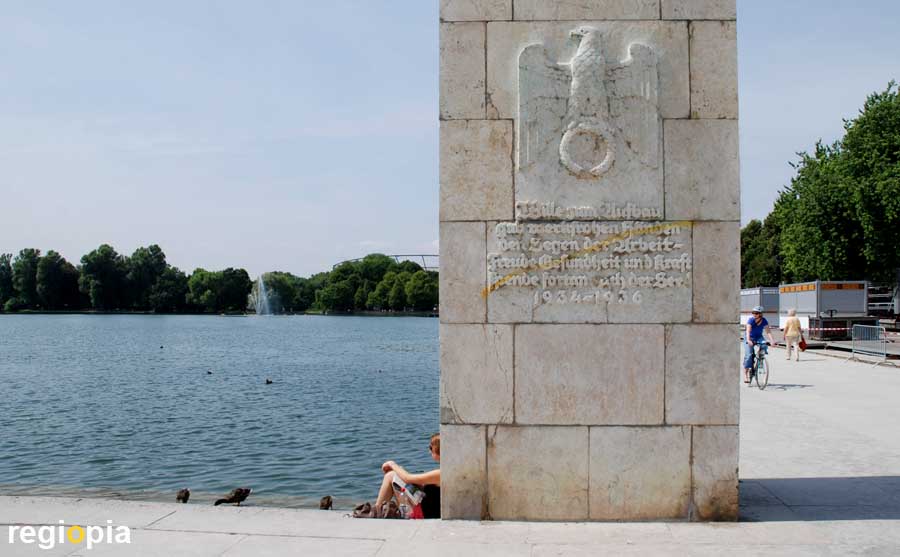
Maschsee
The Maschsee was created in 1934 under the dictatorship of Adolf Hitler as a job creation measure. Many years earlier there was the idea to turn the floodplain into a lake. This means that the water area can be used for leisure activities and at the same time as flood protection for the inner city of Hanover, which was previously often flooded by the river Leine. However, the Leine does not flow through the Maschsee, but separated by a narrow strip of land along the western bank of the lake. The Maschsee is around 2.4 kilometers long and between 200 to 500 m wide.
There are sculptures by Arno Breker and Georg Kolbe on the banks of the Maschsee. Ships by Üstra Reisen operate on the lake. On the south bank there is an outdoor pool with a beer garden, on the north bank a wide promenade with another beer garden. To the west is the Hannover 96 stadium and the Schützenplatz.
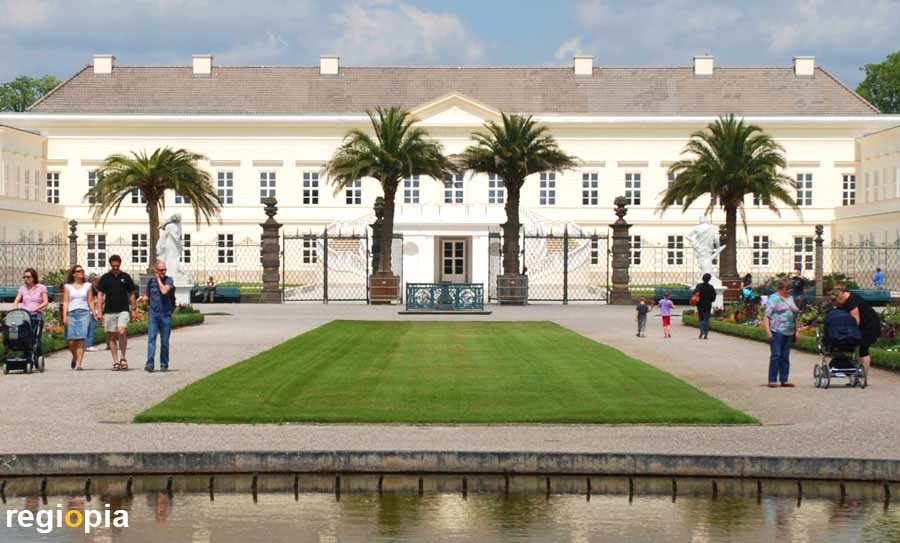
Herrenhausen Palace
Herrenhausen Palace is located in the famous Herrenhausen Gardens, one of the top attractions in Hanover. From 1640 onward the property was gradually expanded into a castle. The former baroque castle of the Guelphs was redesigned in the style of classicism in 1821 by court architect Georg Ludwig Friedrich Laves. During the Second World War, Herrenhausen Palace was hit by bombs and destroyed. The palace was reconstructed in 2013 according to Laves' plans and is the youngest attraction in Hanover. The Herrengarten Museum and a conference center are now located in the Herrenhausen castle.
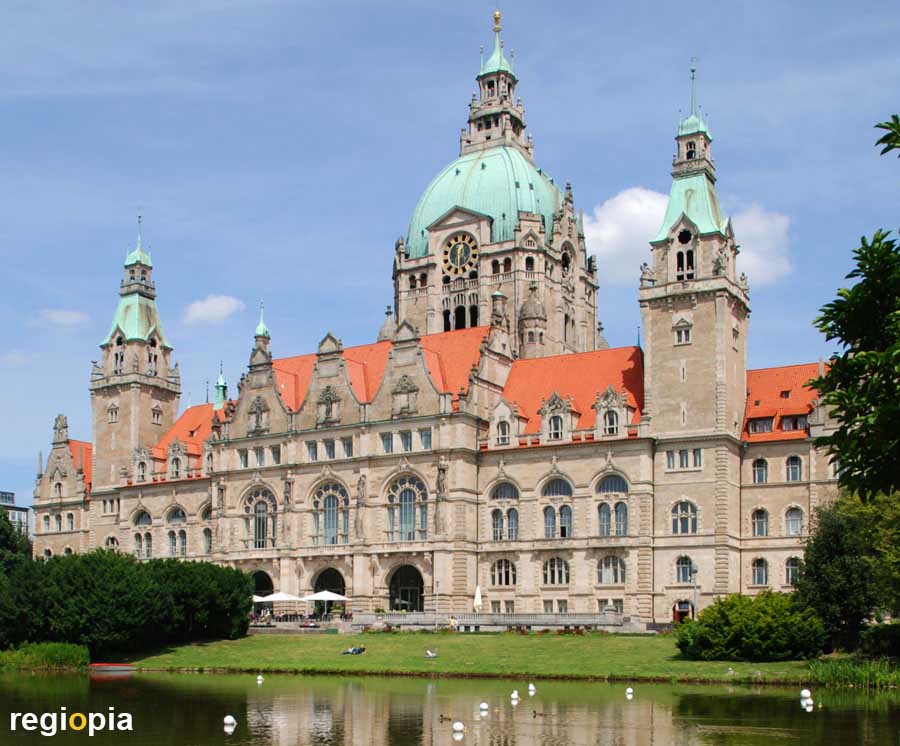
New Town Hall Hanover
The New Town Hall of Hanover was ceremoniously opened in 1913 by Kaiser Wilhelm II. Due to the industrialization, the city grew rapidly and needed a larger administration building. However, the old town hall in the historic center was preserved. The New Town Hall was built outside of the former city wall. The gigantic interior ist very impressiv. You can reach the dome of the 97.7 m high building with a very special arched elevator and let your gaze wander far over Hanover. The architect of the New Town Hall (Neues Rathaus) was Hermann Eggert, who had previously designed the Frankfurt Central Station.
The New Town Hall of Hanover is the city's landmark. The town hall, which is reflected in the water, is also the most famous photo motif of Hanover, with the Maschteich in the foreground.
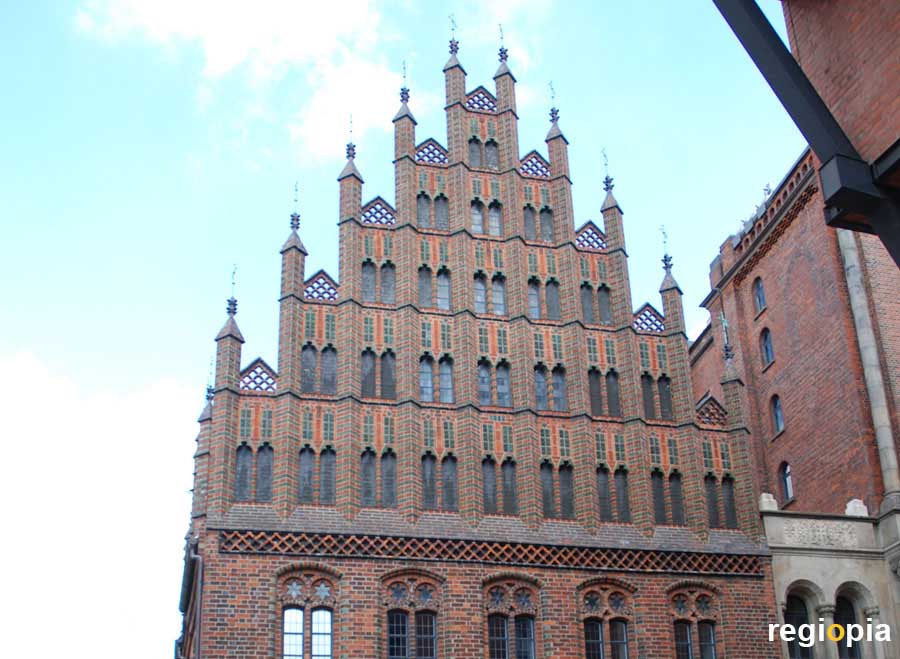
Old City Hall Hannover
Around 1230 the first phase of the construction of the Old City Hall (Altes Rathaus), including a market hall in the first floor began. As the groundlevel rose over the years, the former first floor nowadays lies about half in the groundsoil. The beautiful stepped gables are part of the building´s conversion in 1455. The Old City Hall was extended in the 16th Century by adding the east wing and in 1891 by constructing the south wing. In 1863 the City Hall was relocated to the Wangenheim Palace.
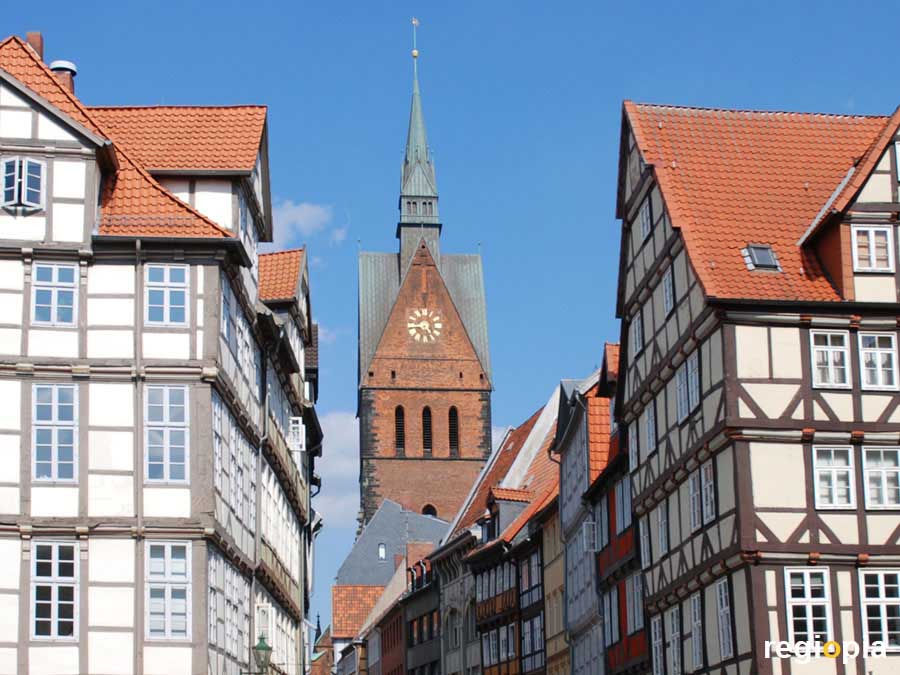
Market church of St. Georg and Jakobi
The construction of the three-aisled hall church began around 1330. The nave was completed in 1360. The 97 m high church tower was not completed until 1388 due to lack of money. After the war damage in the Second World War, the interior was simply reconstructed in brick without plastering. The market church of St. Georg and Jakobi is the main Protestant church in Hanover and a landmark of the city.
In front of the market church there is a sculpture of Martin Luther made by the sculptor Carl Dopmeyer. The Luther monument was erected in 1900 and consisted of three figures. The figures were to be melted down in 1941 in order to produce weapons. Martin Luther was not melted down and was the only one of the group to survive the Second World War. The sculpture represents his oath at the Worms Reichstag, on which he stood by his convictions and was declared outlawed.
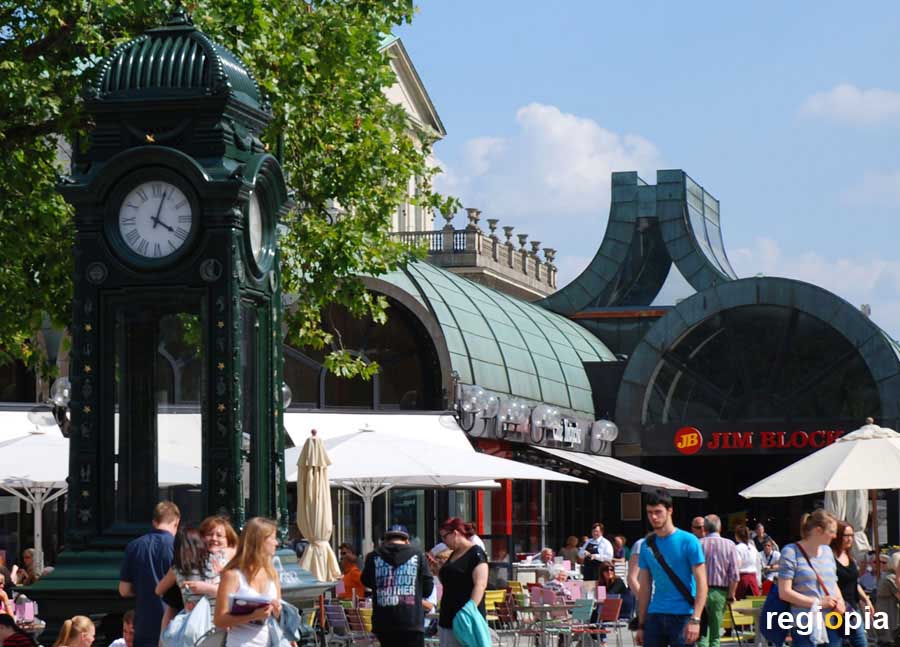
Kröpcke
The Kröpcke is the center of Hanover, 5 streets cross at this junction which today forms the pedestrian zone of Hanover. The Café Kröpcke used to stand on the square, a cast iron pavilion built 1869. The pavilion was destroyed during World War II and the successor building had to make way for the construction of the subway station. Today's café dates back to 1976. The Kröpcke clock was originally built in 1885, today a replica of the historical clock built 1977 stands on the square. The Kröpcke clock is the most famous meeting place in Hanover. The Kröpcke underground station is the city's most important public transport hub.
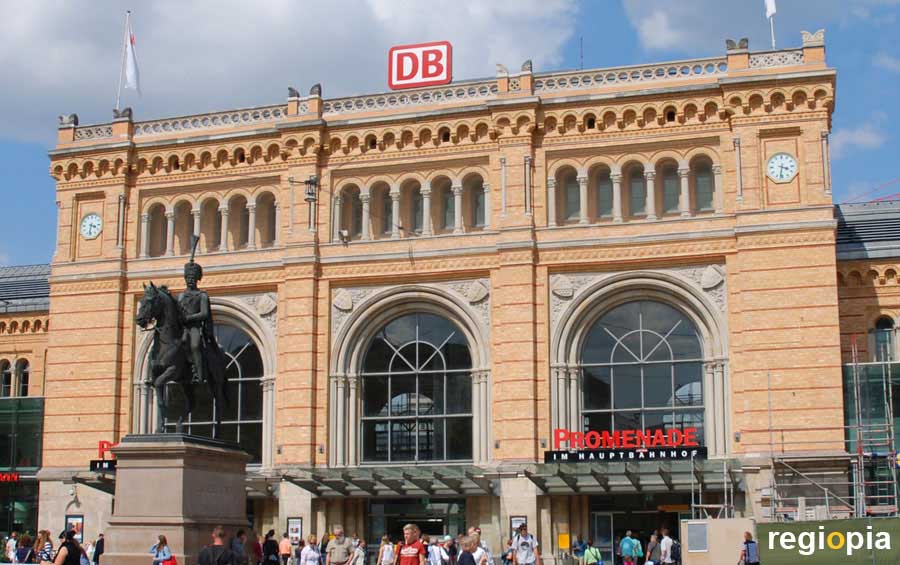
Hanover Central Station
The neo-renaissance train station by architect Hubert Oswald Stier was opened in 1879. The old train station from 1847 blocked the city's traffic and it was decided to raise the tracks to 4.50 m above street level, so that the cities traffic can pass under the tracks. Hanover's main train station is a through station with 12 platforms. An underground shopping pass connects the main train station with the Kröpke. In front of the station building there is an equestrian statue of Ernst August I.
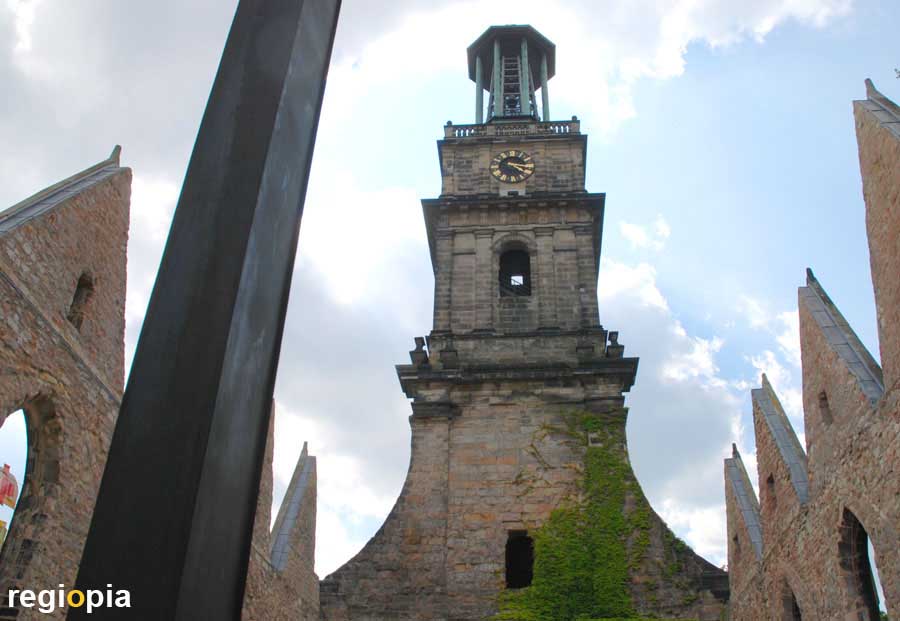
Aegidia Church
The Aegidienkirche is a war ruin that reminds of the destruction caused by war. Construction of the Aegidia Church began in 1347. It was one of the three medieval churches in the historic center of Hanover. The church was destroyed by bombs in 1943, the tower and outer walls remained standing, the nave burned down. The empty church without a roof serves as a memorial for war victims ever since. In the stump of the tower is a bell from the twin city Hiroshima, which is rung every year on the day of the atomic bomb explosion (August 6th).
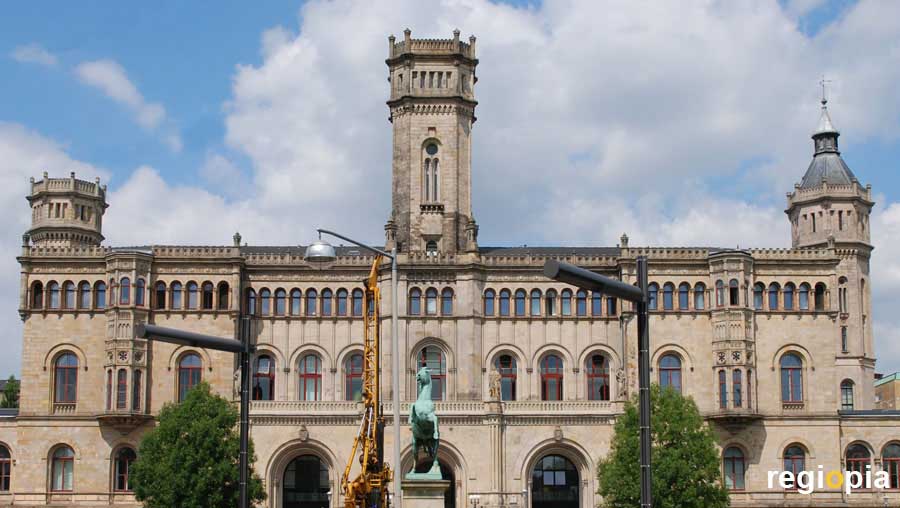
Guelphs Castle
The Guelphs Castle (Welfenschloss) in Hanover is a building by the architect Christian Heinrich Tramm. The castle was built in 1866 for Georg V as a summer residence. In the same year the Kingdom of Hanover lost the war against Prussia and was dissolved. On the south facade of the castle there are 4 figures from the history of the Guelphs, the most famous is Henry the Lion. To the north of the castle is the Welfengarten landscape park. In 1879 the Leibniz University took over the building, since then it has been used by the University of Hanover. The sculpture of the Lower Saxony horse stands in front of the Welfenschloss. The Sachsenross is the heraldic animal of Lower Saxony.
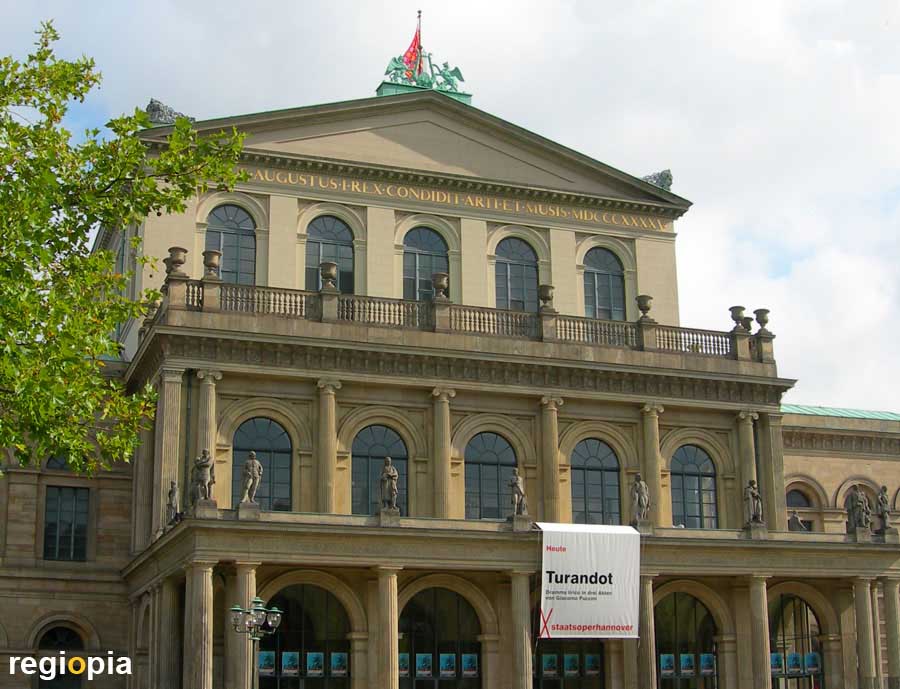
Opera House Hanover
The late Classicist Royal Court Theater was built in 1852 according to the plans of the court architect Friedrich Laves. In 1918 the theater was renamed "Opera House". In 1943 the structure was hit by bombs and burned out. After the Second World War, the Hanover Opera House was rebuilt and reopened in 1950. Since 1970 the building has been called the Lower Saxony State Theater Hanover. The opera is very close to the Kröpke and stands on the Opernplatz. For events in the opera, check the link below.
www.staatstheater-hannover.de/oper
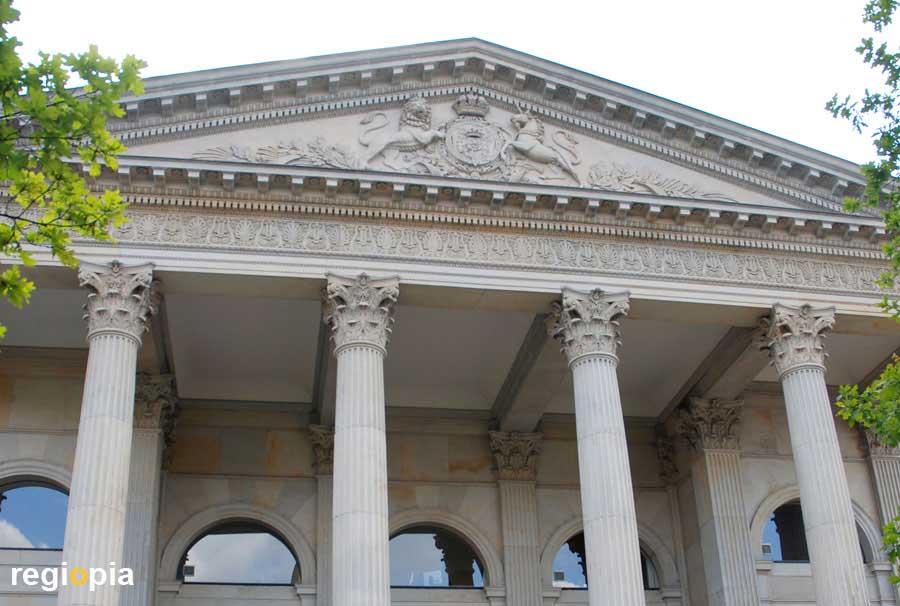
Leine Castle
The classicist Leine Castle (Leineschloss), in which the Lower Saxony state parliament resides today, was until 1866 the castle of the kings of Hanover. The first castle was built here around 1637, which was later expanded again and again. The current appearance of the building goes back to architect Georg Ludwig Friedrich Laves, who rebuilt the Leineschloss between 1816 and 1844. After the Prussian victory over Hanover in 1866, the building served as a provincial administration and an imperial residence. During the reconstruction after the Second World War, the plenary hall was integrated into the building, and it has been used as a parliament building ever since.
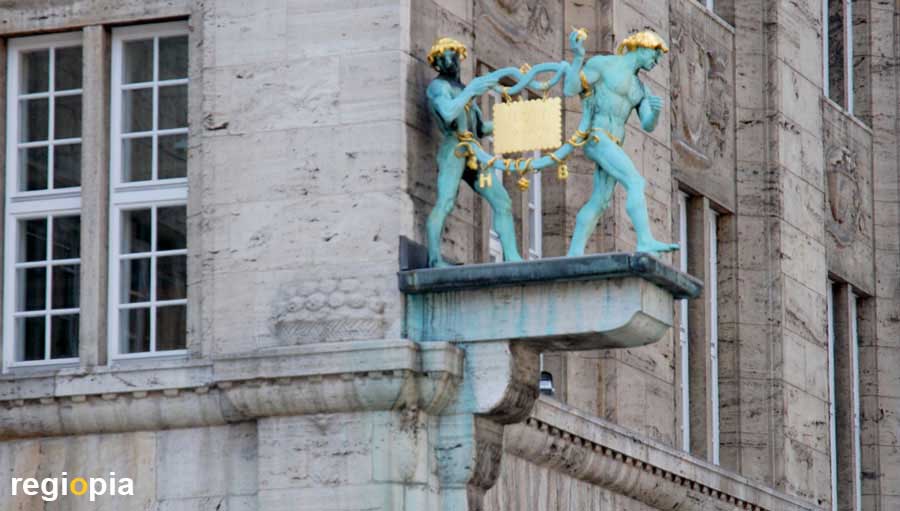
Bahlsen
The Bahlsen company was founded in 1889 as Hannoversche Cakesfabrik. Since the Germans couldn't speak English at the time, cakes turned into Keks. The company's headquarters are in an Art Nouveau building in the List district. On the facade is Bahlsen's trademark, the "Golden Leibnitz Butter Biscuit", which is carried by two pretzel men. In 2013, the golden Leibniz biscuit was kidnapped by the cookie monster but released again in exchange for cookie. Ingenious PR campaign or a brutal crime? In any case, the golden biscuit has been a sight of Hanover since then.
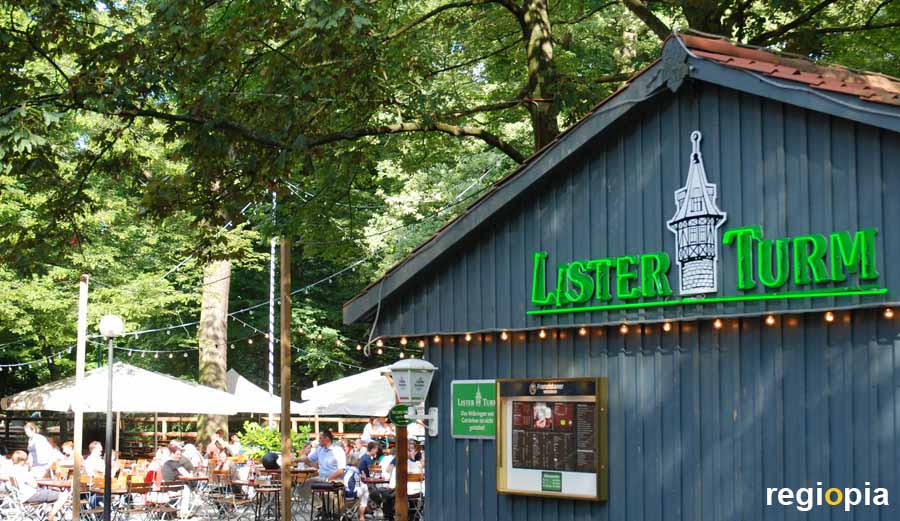
Lister Tower
The Lister Tower was built in the 14th century as a watchtower on the outer devensive dyke. Later a forester's house was built here, from which the Eilenriede forest was managed. This forester's house was issued a license for a beer garden and quickly developed into a popular excursion destination for Hanoverians. Today's Lister Turm was built in 1898 and offers many large rooms for representative celebrations.
The Lister Turm beer garden is located between the List district and the Eilenriede forest park. The perfect place to relax in summer. From the Lister-Platz underground station it is only around 350 m to the Lister Tower.
www.lister-turm-biergarten-hannover.de
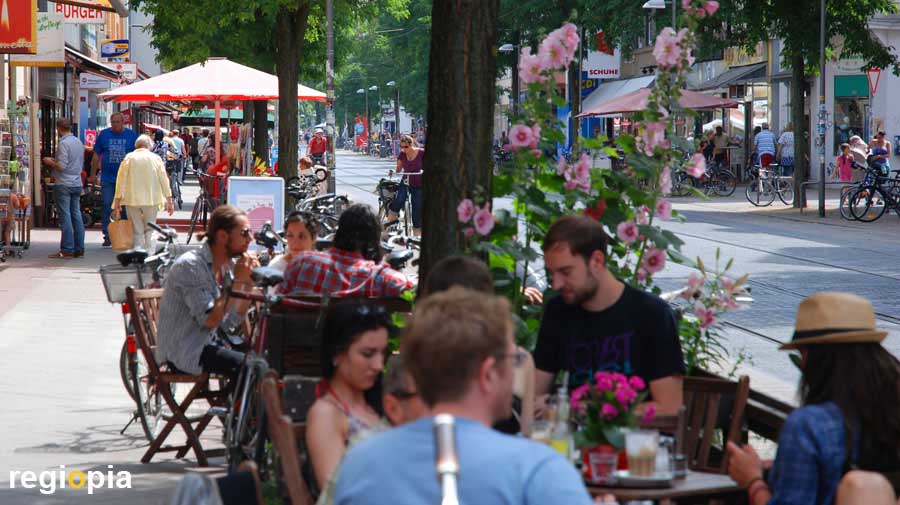
Linden-Nord
Hanover is hip on Limmerstrasse, here you will find cafés that you had not found in the rest of the city. If you haven't been to Linden, you get the wrong impression of Hanover, here the city is urban and lively. Linden-Nord lies in the west of the city center and is bounded by the two rivers Ihme and Leine in the east and north. The center of Linden-Nord is located between the two above-ground subway line stations Am Küchengarten and Ungerstraße.
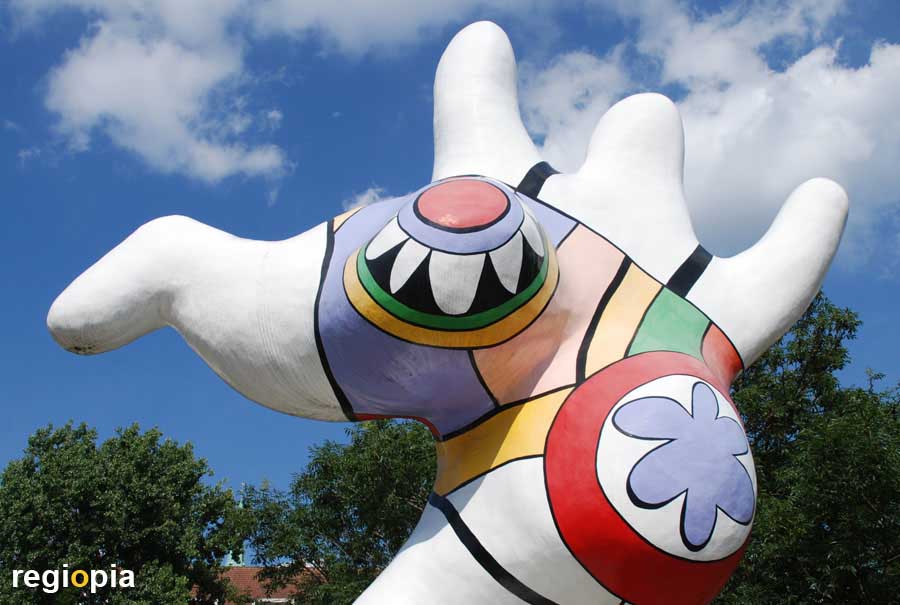
Nanas von Niki de Saint Phalle
Niki de Saint Phalle (1930-2002) created the three colorful "Nanas" in 1974 for the Sculpture Mile on the Leibniz Ufer. The Nanas are lush female figures made of polyester that are painted with bright colors. The funny, bizarre figures of the French artist have developed into an tourist attraction in Hanover. In 1999, Niki de Saint Phalle designed the grottoes in the Great Garden in Herrenhausen. The very popular flea market takes place on the Leibniz-Ufer on Saturdays. Hanover made Niki de Saint Phalle an honorary citizen and named the shopping arcade at the main train station after the artist. In return she donated 400 of her works to the Sprengel Museum.
Map sight Hannover
ads
Hannover Germany
Discover Hanover
The center of Hanover doesn't offer anything special. The beautiful corners of the city are a bit hidden outside the center. The gardens of Herrenhausen, the Maschsee and the Hanover Zoo are famous. But there is more to discover. Urban life can be found in Linden-Nord, along the "Lister Meile" and in the southern part of the city. The ruins of the Dutch pavilion at EXPO 2000 are also worth seeing. Hanover can also shine with excellent museums such as the Sprengel Museum.
ads
ads


